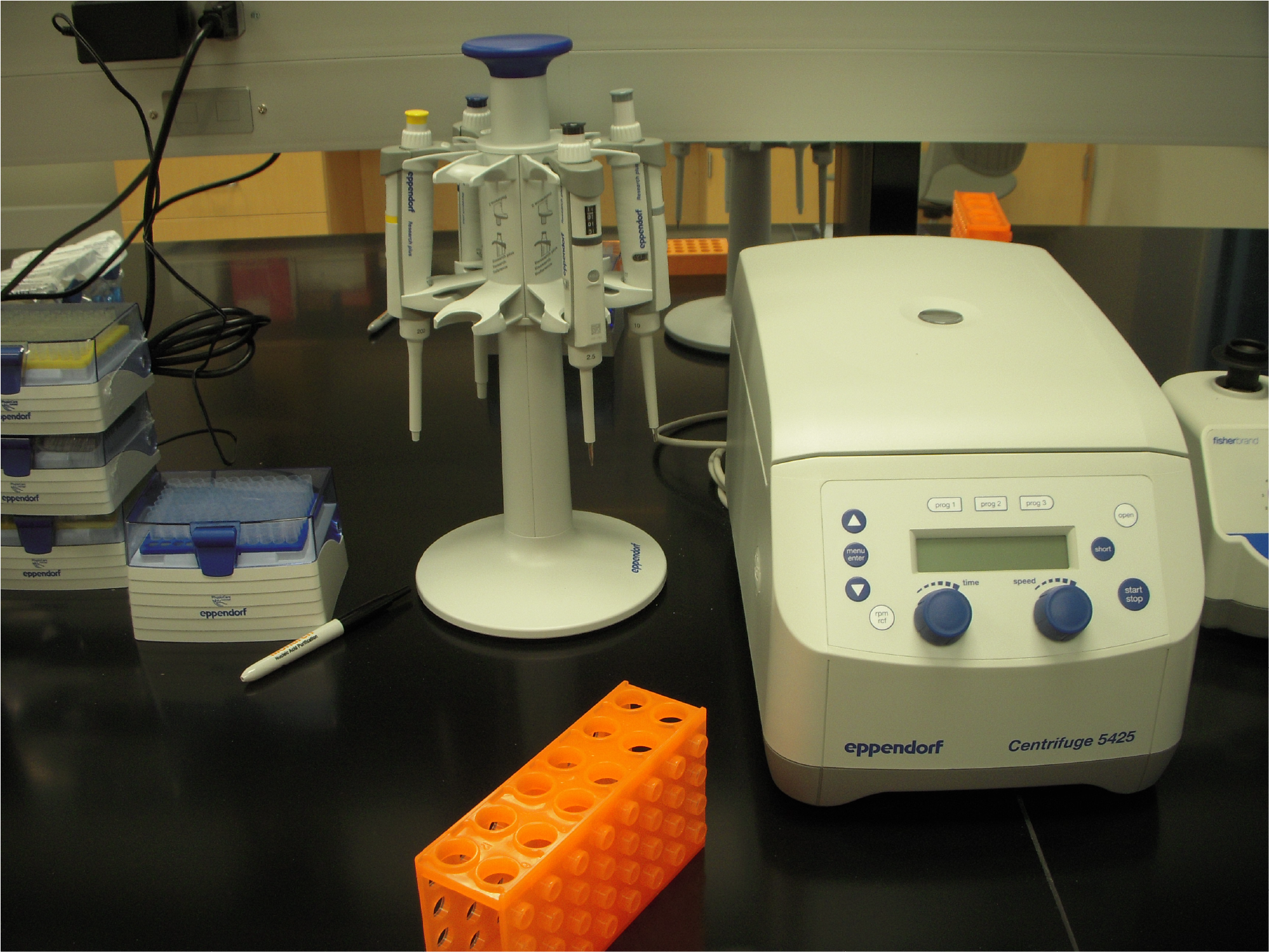Week 6 (2/19/2021) – We discussed Gawroński, et al.’s paper on light sensitive RNA structures for our journal club this week. Translational regulation is a common post-transcriptional regulatory mechanism where RNAs produce different amounts of protein. One of the great advantages of translational regulation is how easily it can be changed. The cell does not need to make more RNA, it just instantly changes the quantity of protein produced from an existing pool of transcripts. In plants, light is an important environmental signal. Several photosynthesis-related RNAs are translational regulated based on light conditions. It is not clear how RNA structure is influenced by light or by light-induced protein binding. Gawroński, et al. show that RNAs with weak Shine-Delgarno (SD) sequences have RNA structural changes linked with translational increases. They use the gene psbA as an example of a weak SD RNA, where RNA structure can block translation. Under high light conditions, the upstream SD region in psbA changes structure, opening up the SD and start codon to recognition by the ribosome. The authors hypothesize that protein binding causes these structural changes. They also demonstrate that rbcL, an RNA with a strong SD sequence, does not have significant structural changes upstream of the start codon, despite being translationally up-regulated in high light conditions. I would love to learn more about why and how protein binding to the RNA is controlled by light conditions. This meticulously planned study is applicable across species, not just in plants. I could see similar experiments in any organism for understanding the interplay between RNA structure and translational regulation during environmental response.
Upcoming (2/26/21) – Deciding between Sharma, et al. and kinetics of RBPs, Taliun, et al. and massive genetic variation or Zeng, et al., on mastering inexpensive library prep.
